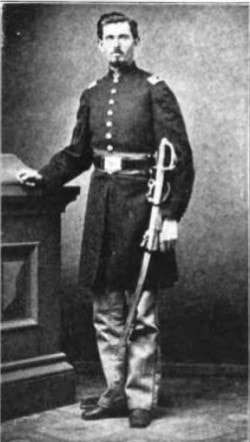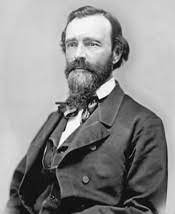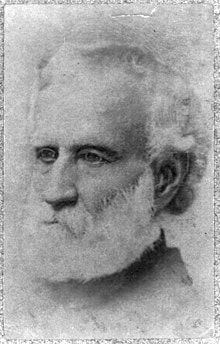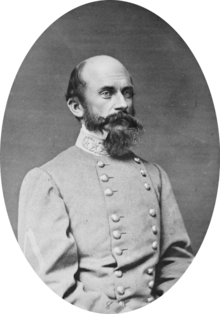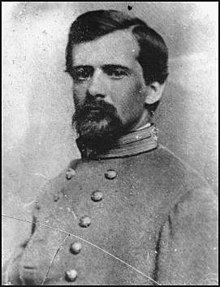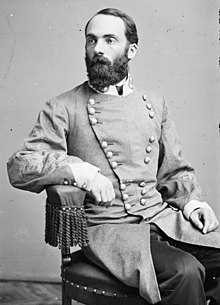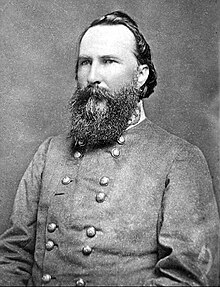
Born in Wilmington, North Carolina, on December 4, 1818, his father could trace his ancestry back to the original Plymouth Colony and his mother came from a prominent North Carolina family. The family moved to St. Augustine, Florida soon after Spain ceded it to the United States.
Loring’s military career began when he was 14 years old and joined the 2nd Florida Volunteers to fight Seminole Indians.
When he was 17, stories about the Battle of the Alamo inspired Loring to run away from home and join the Texas revolutionaries. His time as a Texas patriot was short. His father tracked him down and forced him to return home, where he rejoined his old unit. By the time he was 18, he had risen in the ranks to 2nd lieutenant. A year later, his family sent him to a prestigious Boarding School in Alexandria. From there he went to Georgetown College. He was admitted to the Florida bar in 1842, and served in the Florida House of Representatives from 1843 to 1845.

In a conference in New Mexico, before departing for Confederate service, Loring told his officers, "The South is my home, and I am going to throw up my commission and shall join the Southern Army, and each of you can do as you think best."
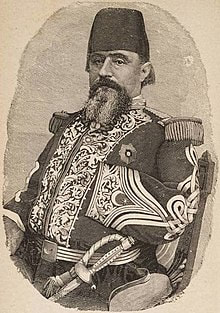 Loring Pasha as a general in the Khedivate of Egypt
Loring Pasha as a general in the Khedivate of Egypt
After the war over, Loring spent some time in New York City, trying to develop a career in banking. Bored with civilian life, he moved to Egypt, where he joined Henry Hopkins Sibley and several other Americans who came to help modernize the Egyptian army. Loring, in charge of the country’s coastal defenses, became a favorite of Ismail, the Khedive and earned the title of “Fereck Pasha” or major general. Loring wrote a book about his Egyptian experiences, entitled A Confederate Soldier in Egypt (1884).He died two years later, in New York City.






